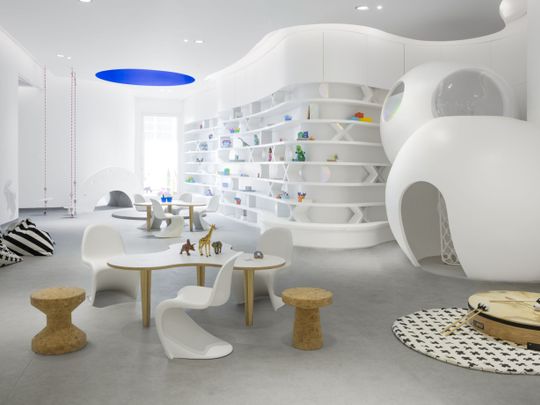
Pallavi Dean, founder and creative director of Roar, recently published a report pegging the pandemic as an opportunity to rethink the design of educational spaces.
“Home learning has really made us think about the physical spaces in a school where the magic happens, both in terms of educational attainment and personal enrichment,” says Dean. “We need to create more of these spaces — and not waste precious real estate on spaces for humdrum tasks.”
Roar’s white paper, ‘7 Perspectives: How COVID-19 Will Transform the Design of Education Spaces’ features feedback from 135 education professionals, as well as psychologists and designers.
Long-term design solutions
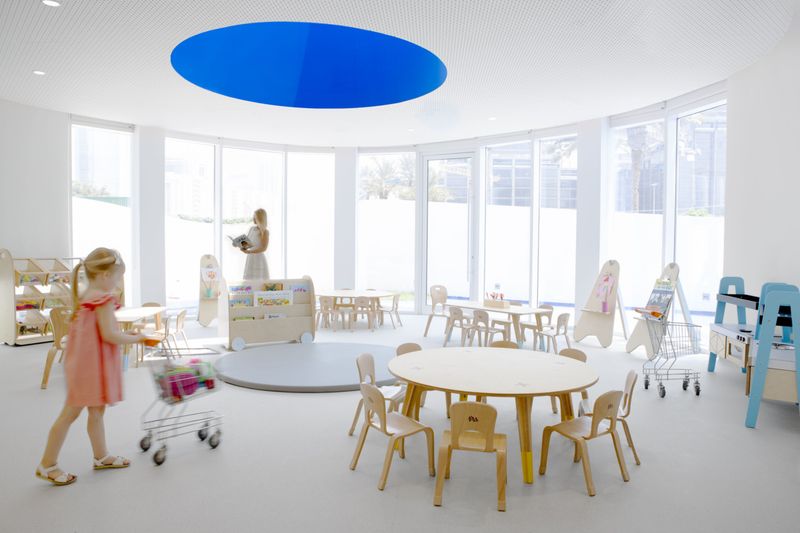
Long-term changes in the design of education spaces with be driven by long-term changes in teaching — particularly the shift to blended learning. Eighty-seven per cent of respondents agreed that: ‘Blended learning — a mix of physical and digital — is here to stay.’
The main victim of this may be the traditional classroom: 71 per cent agreed that the ‘flipped classroom’ is an idea whose time has come. The flipped classroom is a model of blended learning. It argues that for simple ‘transmission of information’, students are better off watching course videos at home. The real value added by a teacher in a classroom is facilitating face-to-face discussion of the material.
A big winner from this shift will be WeWork-style co-working spaces, such as solo deep work pods, one-on-one meeting spaces, breakout spaces for group work, and cafe-style social spaces. 83 per cent agreed that schools need more WeWork-style co-working spaces in schools, with only 17 per cent dismissing this idea as a gimmick.
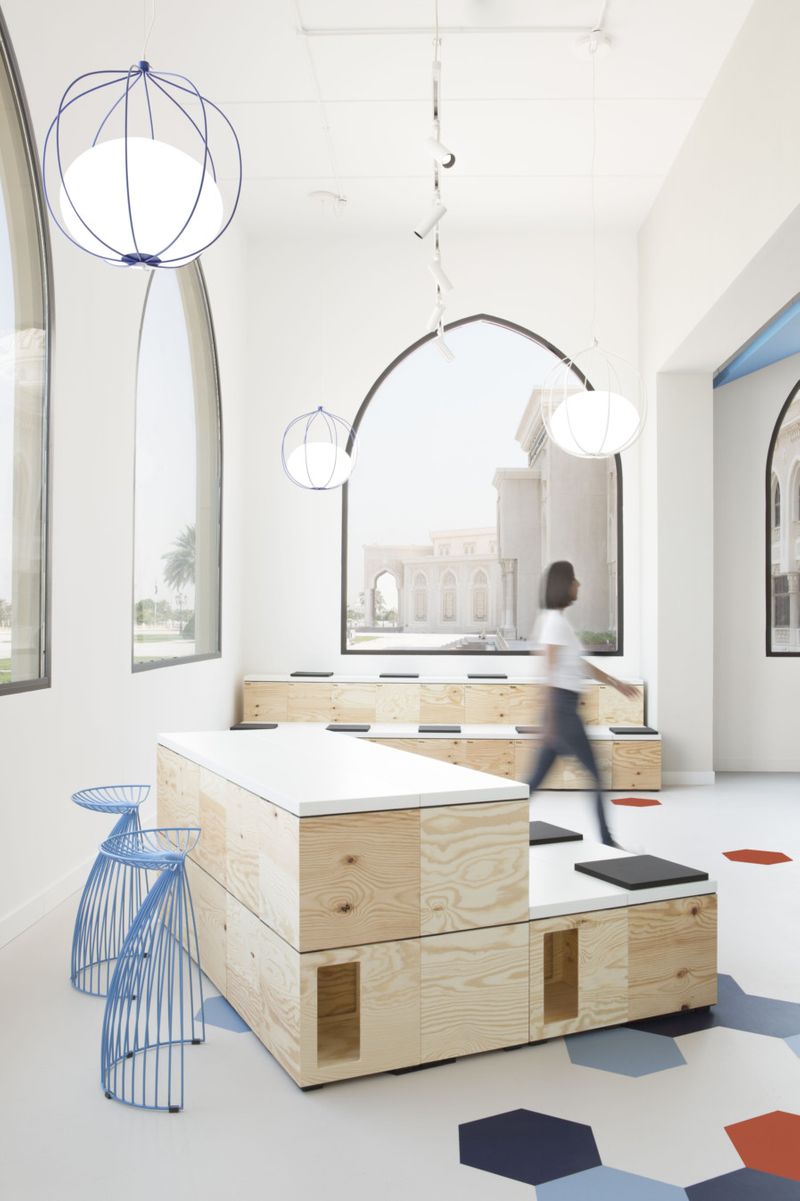
Science labs, sports halls, maker spacers, drama theatres and playgrounds will also benefit. These spaces have been much missed during home schooling, reinforcing the immense value they deliver for students. As one contributor noted: “We can teach history and theory over Zoom — but we can’t dissect mice or build drones.”
Spaces that could be sacrificed to make way for these could include corridors. One contributor noted that circulation spaces take as much as 25 per cent of floor space in a traditional school, but can be reduced to 5 per cent with creative space planning. Flamboyant architecture may also be sacrificed. 89 per cent agreed with the statement: “Some owners have wasted money on vanity projects, wasting money on glitzy architectural facades — money that should have been spent on the interior.”
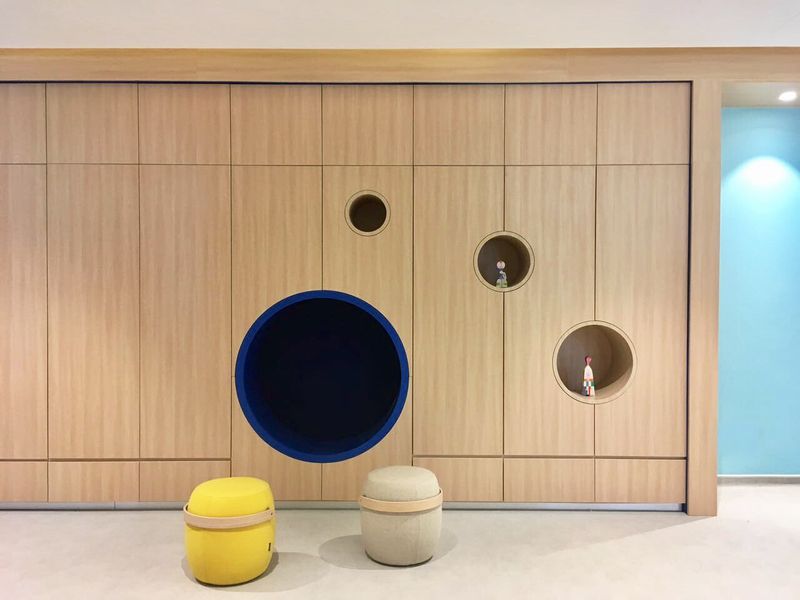
Dean noted: “We were surprised how much enthusiasm there was for an overhaul of education design. To be honest, we thought many teachers in particular would be dismissive of ‘trendy’ ideas such as the WeWork-ification of schools. But they were the most enthusiastic.”
Short-term design solutions
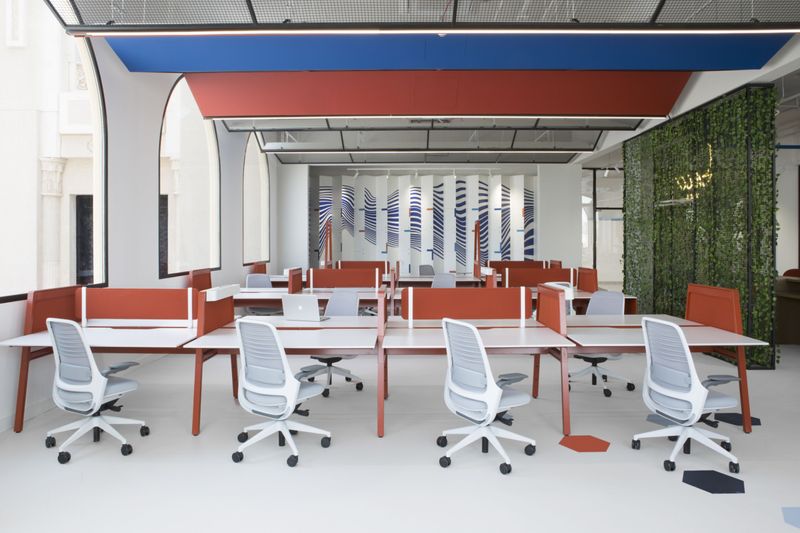
The top priority in the short-term is to reduce the ‘density’ of children in each space, for example by reducing the number of students in a classroom. To achieve this, some schools have already begun re-purposing sports halls, canteens and corridors into makeshift learning spaces.
Other short-term design solutions include graphics on the floor and walls to reinforce behaviour; touchless toilets; anti-microbial materials for desks and door handles; hospital grade [HEPA] air filters; and medical isolation rooms for children and staff showing symptoms of the coronavirus.
“The sooner we can design COVID-proof schools, the sooner we can get children back in schools, and in greater numbers” said Dean.
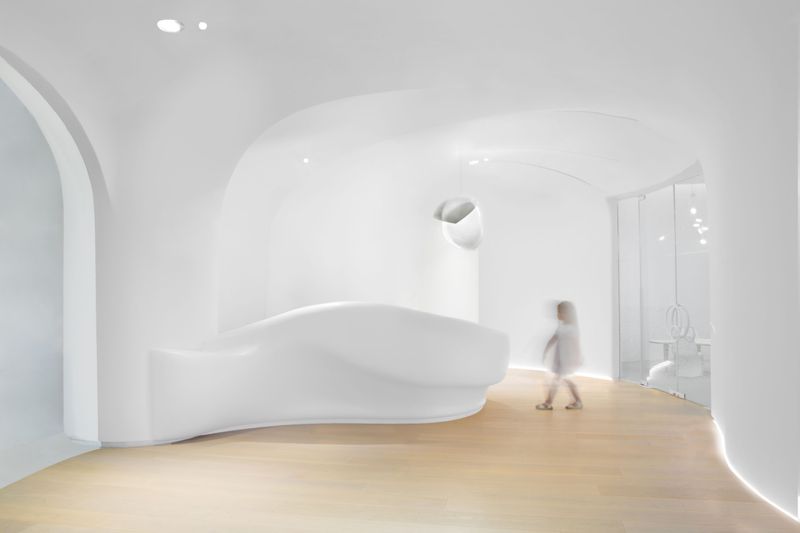
As well as medical factors, the white paper highlights two other important issues. The first is the mental well-being of children and staff. “We don’t want a bunch of kids with OCD or PTSD,” observed a psychologist who contributed to the report.
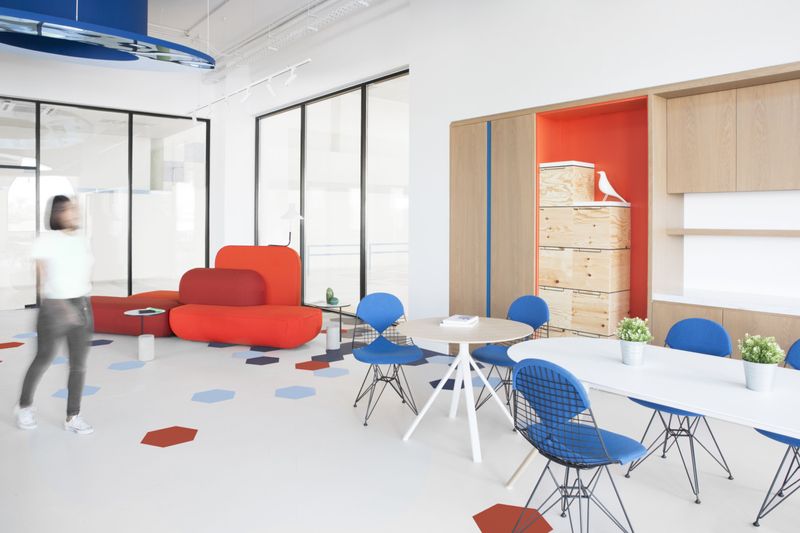
The second is a focus on affordable schools, which often have less space per child than premium schools. Contributors noted that affordable schools and their students often have less access to the technology needed for home schooling, and the blended leaning that is likely during the coming academic year. “We have to make sure it’s not just the middle class and the wealthy that get back to school, but that every child gets back to school,” noted one contributor.









